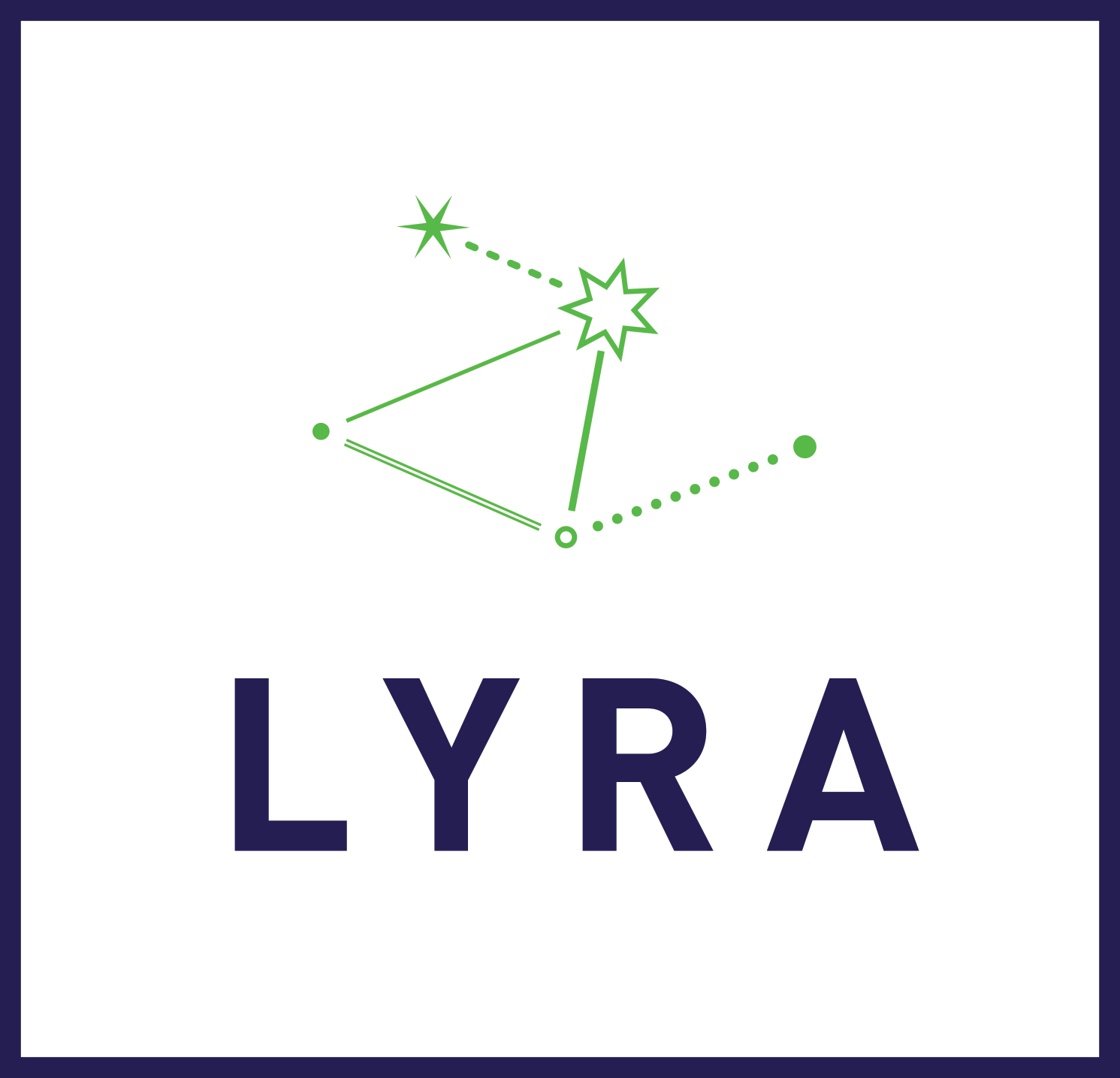The Glass Room
At the end of the day, everything we do will be visible to either the customer or our colleagues. We know the ideas we design into and build out are not always our own, and can come from anyone and anywhere. We must embrace this, even if it feels uncomfortable sometimes. Our process can benefit from getting input and being seen by others - hence the metaphor of the Glass Room.
When working, we can share our process, our thinking, and our challenges and invite others to look into our workspace and share their thoughts and feedback. In the glass room, it is still quiet, because we need to be able to focus, and we can decide when and how we open ourselves up to input; but when we work, it should (for the most part), be made visible to others. We can decide what questions to write on glass walls, what sketches or designs to ask for feedback on, which challenges to let people see up close.
There's many ways to work with an open and collaborative spirit, and we welcome you to explore and iterate on the possibilities.
Some examples are:
Run a group ideation session or exercise during your design process • Share a design/usability challenge we are working on each week in Slack • Schedule meetings with your working group to show them half-finished work • Post questions, designs, user flows, matrices, personas, and other materials from your project in the physical space • Choose important topics and run ideation or investigative workshops periodically • Practice creativity with the groups you're working with • Have members of your working group invite someone else random from the company
This is, of course, a metaphor, and should in no way preclude each individual's need to design/develop in a way that works for them.
Discover
We seek to understand our customers and projects more deeply so we can design the most compelling solution. We research, interview, collect data, test, and use a myriad of structured approaches to more deeply inform the process.
Data Gathering (fullstory, GA..etc), Interviews, Comp research, Cust. Surveys & Feedback, Artifacts (personas, journey-map...etc)
Define
By understanding our users and the project we can clearly identify and define the pain-points and problem to be designed into.
We like it when teams have a shared understanding of the project and its goals. We respect the need for clear decision-makers throughout the process, but love it when we can find the shared wisdom of the group to uncover a clear direction.
Identify the problem/pain-points, Create shared goals
Ideate
We believe that good ideas can come from anywhere, and actively seek to gather perspective from customers and team members alike through working groups, competitive research, design sprints, and interactive share-outs (like this one).
Group Ideation, Sketches & Moodboards, Wireframes/Abstracts, Interactive Prototypes, High-fidelity Designs, Flow-charts
Test
We validate our work using heuristic and data-driven analysis, prototyping, and usability studies to ensure we are meeting the needs of our users.
User testing, recordings, interviews, Optimizely & Leanplum, Fullstory & GA/Omniture, Heat-mapping, Eye-tracking, Peer reviews
Learn
We are not afraid to take risks and even fail, so long as we measure the outcomes thoroughly, and derive greater understanding from them. We embrace iteration and the flexibility to change our perspective based on all that we learn and measure.
Prioritization & Iteration, Scoping & Roadmapping, PM Materials, Style-guides, templates & Libraries, Dashboards & Reports
